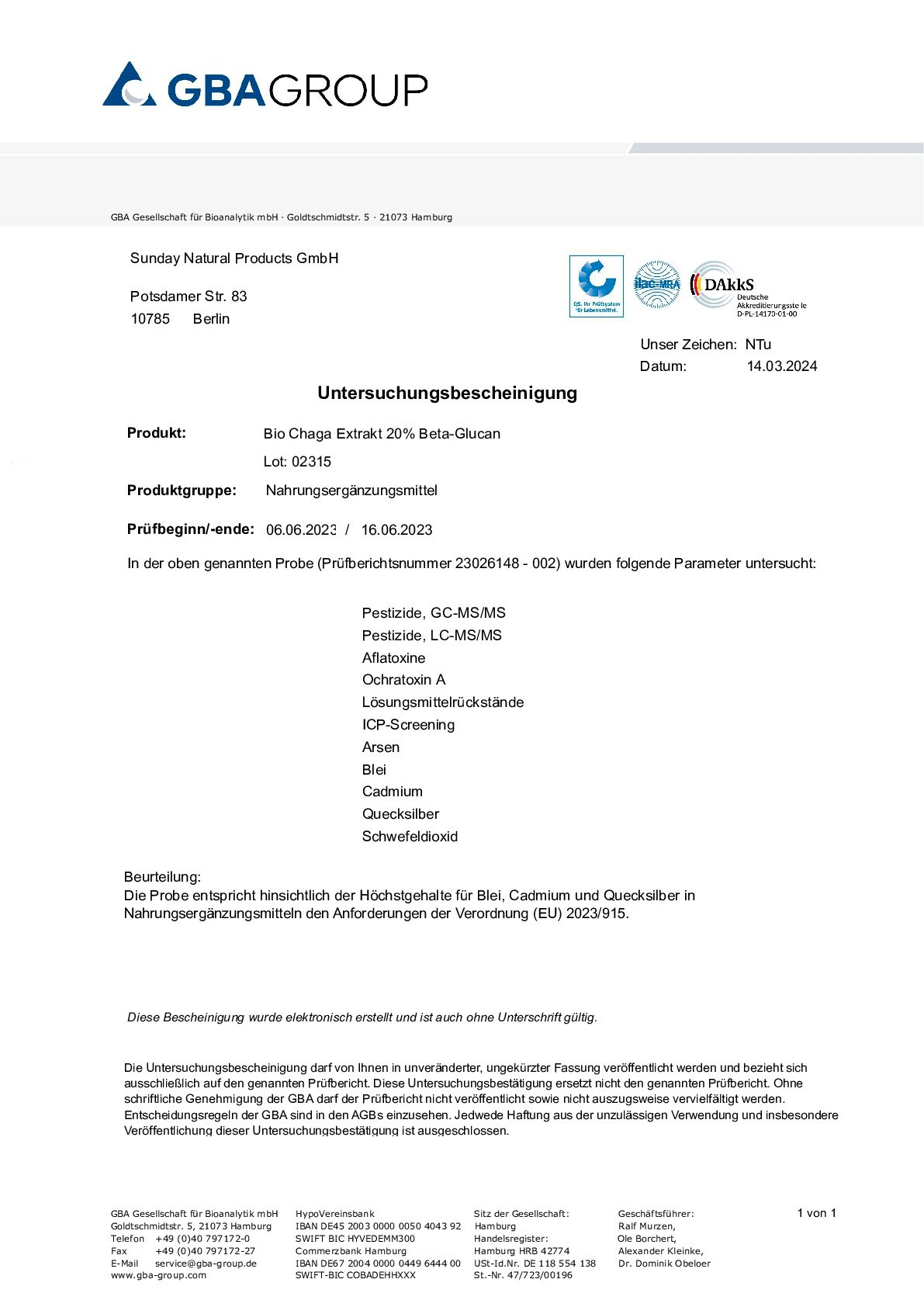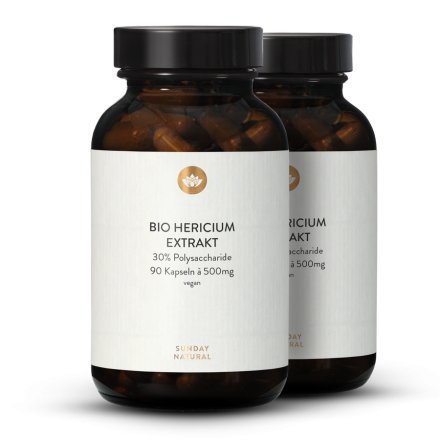Chaga (Inonotus obliquus, Fungus betulinus, "clinker polypore")
The Chaga mushroom originates from Siberia and northern China. It thrives on birch and other trees and is native mainly to the large birch forests of Russia, northern and eastern Europe and the Baltic States, as well as Canada, Alaska, the northern United States, Korea and Japan. For consumption as a vital mushroom, the mushrooms from living birch trees are especially attractive. Inhabitants of Siberia have been making the mushroom into a fortifying tea since time immemorial, nicknaming it "God's gift." Chaga has had a firm place in Russian and Chinese traditions for about 4000 years.
In Russia and Siberia, it was used, among other things, for sacred shamanic rituals, especially by the Khanty ethnic group, which also gave it the name it has today. Chaga was also a sacred mushroom among the Mesopotamians, Egyptians, indigenous tribes of North America, and the Japanese natives, the Ainu.
The use of Chaga was similar in all cultures - Chaga was almost always drunk as a tea. For this purpose, the woody mushroom is dried and crushed, producing chunks and powder that are infused with water to make a strong, tart-tasting tea.
Dark on the Outside, Light on the Inside
From the outside, chaga does not look like a typical mushroom, but rather like burned coal ("clinker") with a hard, brittle surface and cork-like texture. Chaga are dark brown or black with greyish-white spots. The hard crust is dark due to its high melanin content. High-quality chaga has a light amber colour on the inside.

































